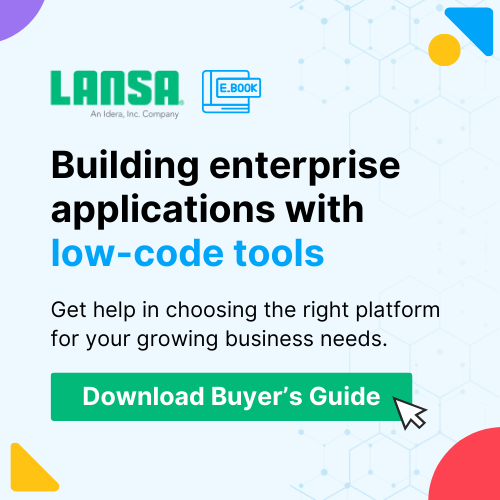The popularity of low code no code platform companies has recently grown rapidly. They allow you to quickly create software without the use of highly qualified programmers while spending a minimum of money. Such platforms also offer several other advantages. Various business industries use them. In this article, we will talk about the best low-code and no-code platforms, as well as platforms that are leaders in IBM i modernization.
What Exactly Do You Mean By Low-Code Or No-Code Platforms?
Low-code Development Platforms
Low-code development platforms are software that allows you to create various applications using a minimal amount of code or no code at all. They have a graphical user interface, drag-and-drop capabilities, pre-built modules, and predefined templates. Using little coding, developers can easily customize applications created on these platforms.
No-code Development Platforms
No-code development platforms are similar to low-code ones, but they allow you to create software without code at all. Thanks to this, specialists who do not know programming can build applications.
Difference Between Low-Code And No-Code Platforms
The main difference between a low-code platform and a no-code one is that a low-code platform requires at least minimal coding knowledge, while a no-code one allows you to create applications without coding at all and is designed for non-technical users. Developers can write code to better customize the software created in a low-code platform than it is possible to do in a no-code platform.
A no-code platform is a specialized type of low-code application development platform. It is usually used to perform simple functions. A low-code platform can additionally extend the functionality of more complex software, and run business-critical processes.
What Are The Benefits Of Low-Code Or No-code Development Platforms?
- High speed of application development and deployment. Since you don’t have to write a lot of code, you can build apps much faster, which also allows you to get your app to market faster.
- There is no need to hire highly skilled programmers. Even non-technical people or people with basic coding knowledge can create applications using these platforms.
- Lower cost. The time to create a program is much less than using traditional programming. In addition, companies do not need to hire a team of highly skilled developers. All this leads to a significant reduction in the software cost.
- Fewer mistakes. Since ready-made reusable components and modules are used to create programs, the number of errors is significantly reduced. Such programs are more impressive and stable.
- Business flexibility. Low-code and no-code platforms allow you to create cross-platform applications that users can access at any time from any device.
What Are The Best Low-code Or No-code Platforms To Build Amazing Products?
Visual LANSA
Visual LANSA combines traditional coding and low code in one IDE. Using it, you can easily create new programs from scratch or move existing programs written in other languages. In addition to that, with Visual LANSA, you can easily integrate your apps with services without using separate front-end and back-end developers since any developer can create a web application from scratch.
The Visual LANSA repository stores the components needed to develop business apps, which allows for increased development efficiency and productivity.
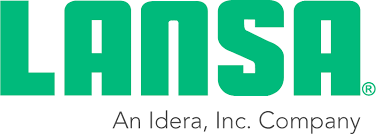
The main advantages of Visual LANSA:
- Ability to build desktop, web, and mobile applications faster and cheaper than using traditional methods.
- There are controls for testing, deployment, and integration.
- A multifunctional low-code IDE.
- Convenient user interface.
- The possibility of integration with more than 100 services.
- Ability to easily deploy on any platform.
Zoho Creator
Zoho Creator is a popular, powerful, low-code development platform that makes it easy to build apps of any level of complexity, regardless of your coding level. In addition, you can easily extend and integrate their functionality. Zoho Creator offers an intuitive code editing interface, visual builders, ready-made templates, and more.

Advantages:
- A large collection of application templates that can be customized according to your requirements.
- Ability to migrate and dynamically scale data.
- Support for FileMaker, MS Access, and other databases.
- Ability to deploy business applications to various desktop and mobile platforms.
- High-security standards.
Disadvantages:
- Requires a lot of customization before use.
- Functionality is limited if you are not well-versed in programming.
Knack
Knack gives you the low-code tools to help turn all your data into a reliable online database. You can easily structure, extend and link data using the simple interface that Knack provides. In addition, it offers features that allow you to build powerful applications and customize them.
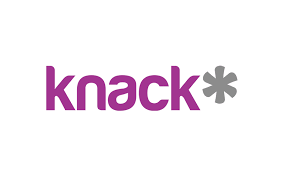
Benefits:
- Availability of dozens of beautiful templates and ready-made objects.
- Ability to easily maintain, migrate, import and export, update, and edit data.
- Ability to embed the program on any site and select pages for publication.
- You can use JavaScript to extend and customize the application interface.
- Ability to add secure payment systems to e-commerce applications.
- Integration with Google Drive, Gmail, Zapier, Dropbox, QuickBooks, and MailChimp.
Bubble
Bubble offers a quick way to create applications without writing code. It has a user-friendly drag-and-drop interface that lets you design your app easily. Bubble also provides the ability to visually configure the logic of the program.

Benefits:
- YouTube tutorials for Bubble allow you to learn how to use this platform quickly.
- Ability to extend functionality with JavaScript plugins and API integration.
- A large library of visual elements.
- Ability to integrate Stripe and Braintree payment systems.
- Ability to create applications for mobile devices.
m-Power
m-Power is a low-code solution that enables the creation of business intelligence, reporting, dashboards, BPA, modernization, and mobile devices on a single platform. It allows you to create any type of application and fully customize them. It offers many ready-made templates, but also allows you to create your templates and include your business logic. Applications created with m-Power can run and be supported outside of this platform.

Benefits:
- Easy integration with existing software and third-party applications.
- Lack of binding to the provider, as m-Power programs work independently of the platform.
- Enterprise-class security.
- Easily deploy applications on-premises, in the cloud, or hybrid scenarios.
Mendix
Mendix is a platform for low-code development that enables you to create high-quality software fast for a number of industries. It provides tools to build scalable, reliable applications without coding experience. You can deploy ready-made programs on any platform. In addition, Mendix allows you to connect cognitive and AI services to applications to make them smarter. With Mendix, you can integrate logic and data from any source.
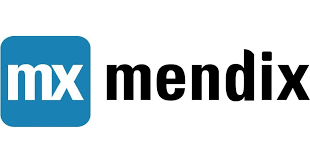
Benefits:
- Enterprise-level security.
- Centralized application management.
- One-click deployment.
- Can be used on any device.
- Built-in collaboration tools.
Retool
Retool makes it easy to create a user interface using ready-made building blocks such as tables, charts, lists, maps, wizards, forms, etc. There is a convenient drag-and-drop interface that allows you to create apps in minutes.
The Retool platform allows you to seamlessly work with data sources in one program. It allows you to connect to databases using REST, gRPC, or GraphQL APIs.

Benefits:
- Easy to use.
- Ensures the security of programs and data.
- Ability to connect to any data source.
- A library of custom integrations with which you can connect to popular cloud services.
- Ability to replace error-prone scripts with custom programs.
Microsoft PowerApps
Microsoft PowerApps is a low-code platform for quickly and easily creating applications. It has an advanced feature set, including cloud service integrations, workflow automation, app sharing, app launch, and more. PowerApps gives programmers the ability to extend the capabilities of an application with extensibility for professional developers.
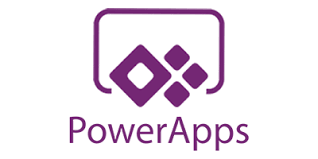
Benefits:
- An extensive set of ready-made templates.
- Presence of built-in artificial intelligence components.
- Simple application connection to data.
- Integration with third-party services.
- Ability to create applications for mobile devices.
Google AppSheet
Google AppSheet is a platform that provides a lot of opportunities for creating mobile applications. You can use a large collection of ready-made examples to create programs. The platform allows you to build apps with features like GPS and maps, image capture, signature capture, barcode scanners, charting, email notifications, and more.

Benefits:
- The platform is simple to use and user-friendly.
- Ability to build and deploy applications in real time.
- Excellent community of support.
How To Build Apps With Visual LANSA’s Hybrid Low-code Approach More Efficiently?
The Visual LANSA platform offers a single high-level language that developers can use to write both server-side and client-side code. This allows companies to have a single team of programmers who can work on any part of the application. It is no longer necessary to look for highly qualified rare specialists. This allows you to significantly increase developers’ productivity.
Visual LANSA also offers a business rules engine that you can apply to all programs built using this platform. This significantly simplifies maintenance and increases the return on investment when upgrades are required.
Contact us and experience the best hybrid low-code approach with Visual LANSA.
low-code approach with Visual LANSA.




